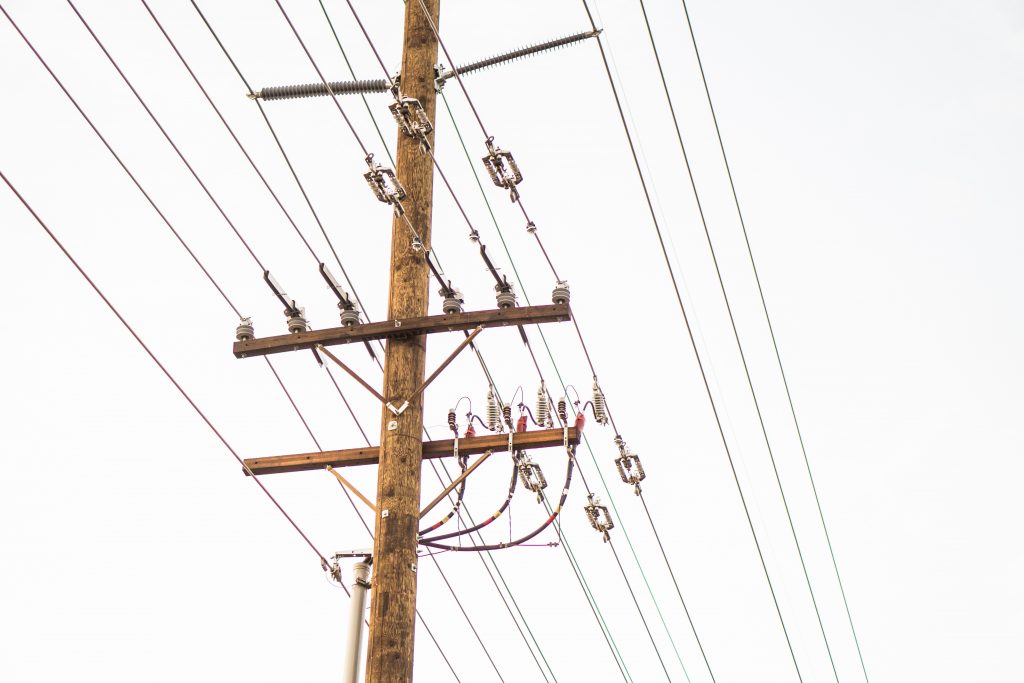As rates rise, dividend stocks could suffer
Interest rate sensitive sectors tend to underperform when bond yields climb
Advertisement
Interest rate sensitive sectors tend to underperform when bond yields climb

RELATED: Canada’s Best Dividend Stocks 2019
Share this article Share on Facebook Share on Twitter Share on Linkedin Share on Reddit Share on Email